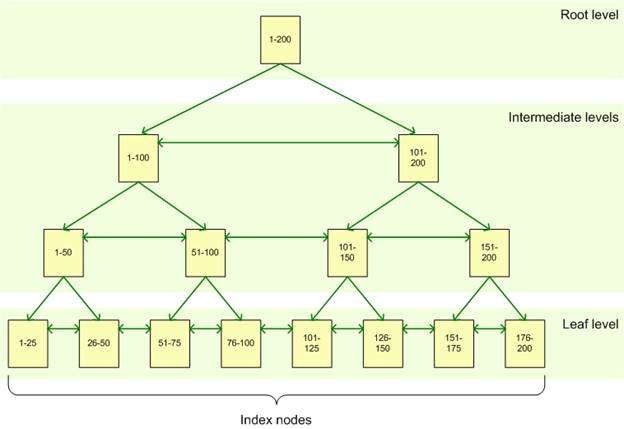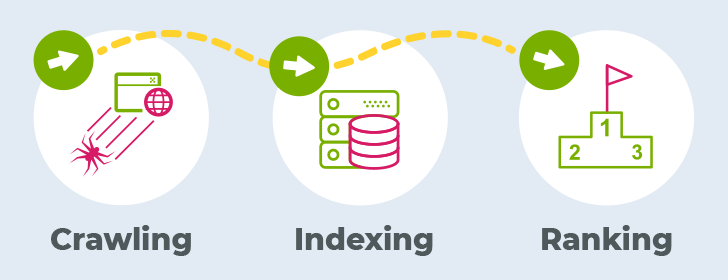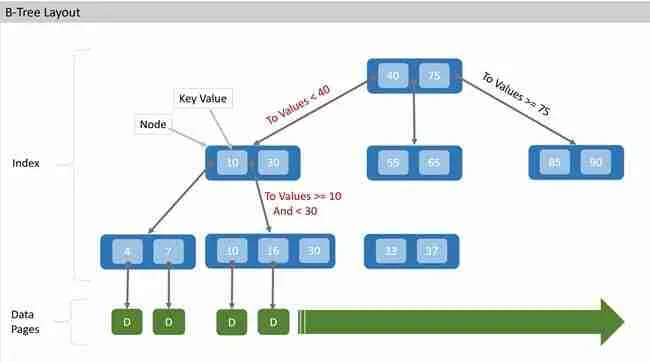Not known Facts About Indexing Database
Table of ContentsSee This Report on Indexing DatabaseOur Indexing Database PDFsRumored Buzz on Indexing DatabaseThe Facts About Indexing Database UncoveredNot known Details About Indexing Database The 3-Minute Rule for Indexing Database

In order to look for the "name" or "city" in the table, we would have to look at every entry since these columns do not have an index. This is where non-clustered indexes become really beneficial. Non-clustered indexes are sorted referrals for a particular field, from the major table, that hold tips back to the initial entries of the table.
Non-clustered indexes can be created by data experts/ designers after a table has actually been produced and also filled up. Keep in mind: Non-clustered indexes are new tables. Non-clustered indexes hold the area that they are accountable for arranging and a guideline from each of those entries back fully access in the table.
The index factors to the area in the publication where you can locate the data you are seeking. Non-clustered indexes indicate memory addresses as opposed to storing data themselves. This makes them slower to inquire than clustered indexes yet normally much faster than a non-indexed column. You can create numerous non-clustered indexes.
What Does Indexing Database Mean?
To create an index to sort our pals' names alphabetically: PRODUCE INDEX friends_name_asc ON good friends(name ASC); This would certainly develop an index called "friends_name_asc", showing that this index is saving the from "friends" stored alphabetically in order. Note that the "city" column is not present in this index. That is since indexes do not keep all of the info from the initial table.
Notice that "friends_pkey" is noted as an index even though we never ever stated that as an index. That index was created similarly to the names index: DEVELOP INDEX friends_city_desc ON pals(city DESC); This new index will certainly be utilized to sort the cities and also will certainly be kept in reverse alphabetical order due to the fact that the search phrase "DESC" was passed, brief for "descending".
After your non-clustered indexes are produced you can begin quizing with them. Indexes utilize an ideal search technique known as binary search. Binary searches function by regularly cutting the information in half and also checking if the access you are searching for comes prior to or after the entry in the center of the current section of data.
See This Report on Indexing Database
In a table this would appear like: Contrasting this technique to the query of the non-indexed table at the Continued beginning of the post, we are able to minimize the total variety of searches from eight to 3. Using this technique, a search of 1,000,000 entries can be minimized to simply 20 enter a binary search.

This is why indexes are normally put on data sources in data storehouses that obtain new data updated on an arranged basis(off-peak hrs) as well as not manufacturing data sources which may be getting new composes constantly. KEEP IN MIND: The latest variation of Postgres (that is presently in beta) will allow you to query the database while the indexes are being updated.
Indexing Database Things To Know Before You Buy
Indexing can greatly decrease the moment of inquiries Every table with a primary trick has actually one clustered index Every table can have several non-clustered indexes to try here help in querying Non-clustered indexes hold pointers back to the main table Not every data source will benefit from indexing Not every index will certainly boost the query rate for the database Referrals: Composed by: Blake Barnhill Reviewed by: Matt David, Matthew Layne.
Remember that spatial index is one of the three key attributes of a spatial data source. Indexes make using a spatial database for huge data collections possible.

All About Indexing Database
SELECT count() FROM nyc_census_blocks blocks SIGN UP WITH nyc_subway_stations trains ON ST_Contains(blocks. geom, subways. geom) WHERE metros. name LIKE 'B%'; The nyc_census_blocks table is extremely small (just a couple of thousand documents) so also without an index, the question just takes on my test computer system. Now include the spatial index back in and also run the query again.
Just How Spatial Indexes Function Basic data source indexes create a hierarchical tree based on the values of the column being indexed. Spatial indexes are a little various they are not able to index the geometric features themselves and also instead index the bounding boxes of the attributes.
In order to add index velocity to other features that are not in this listing (most commonly, ST_Relate) add an index-only provision as descibed listed below. 15. 3. Index-Only Queries Most of the typically made use of functions in Article, GIS (,,, etc) consist of an index filter immediately. Some features (e.
To do a bounding-box search using the index (and no as well as)Filtering system make use of usage operator. For geometries, the driver implies "bounding boxes overlap or touch" similarly that for numbers the driver suggests "values are the exact same". Let's contrast an index-only question for the populace of the 'West Village' to a more exact inquiry.